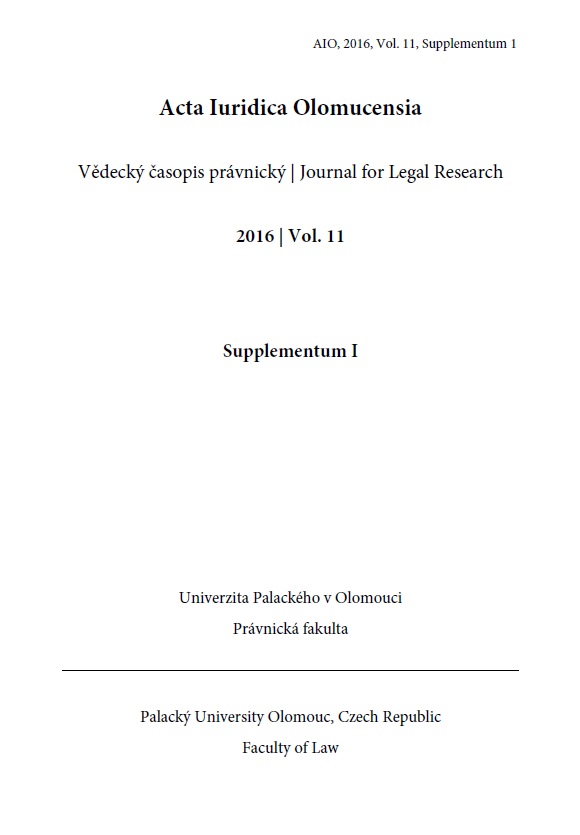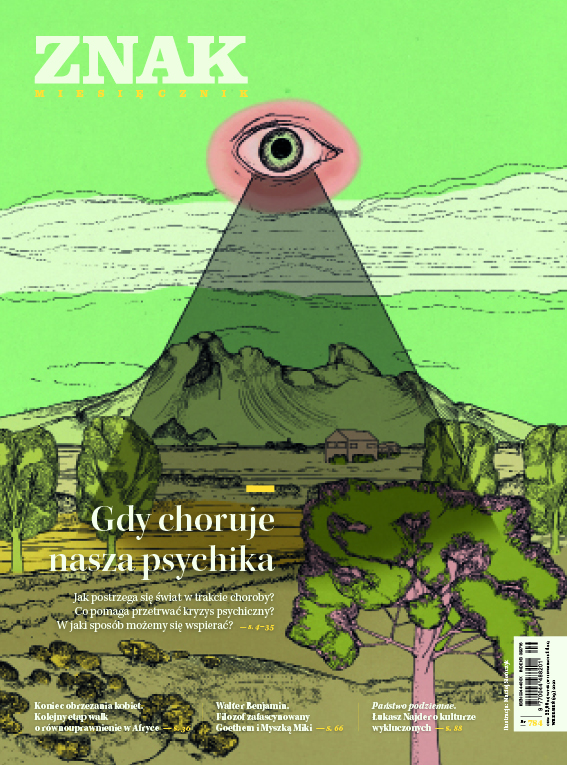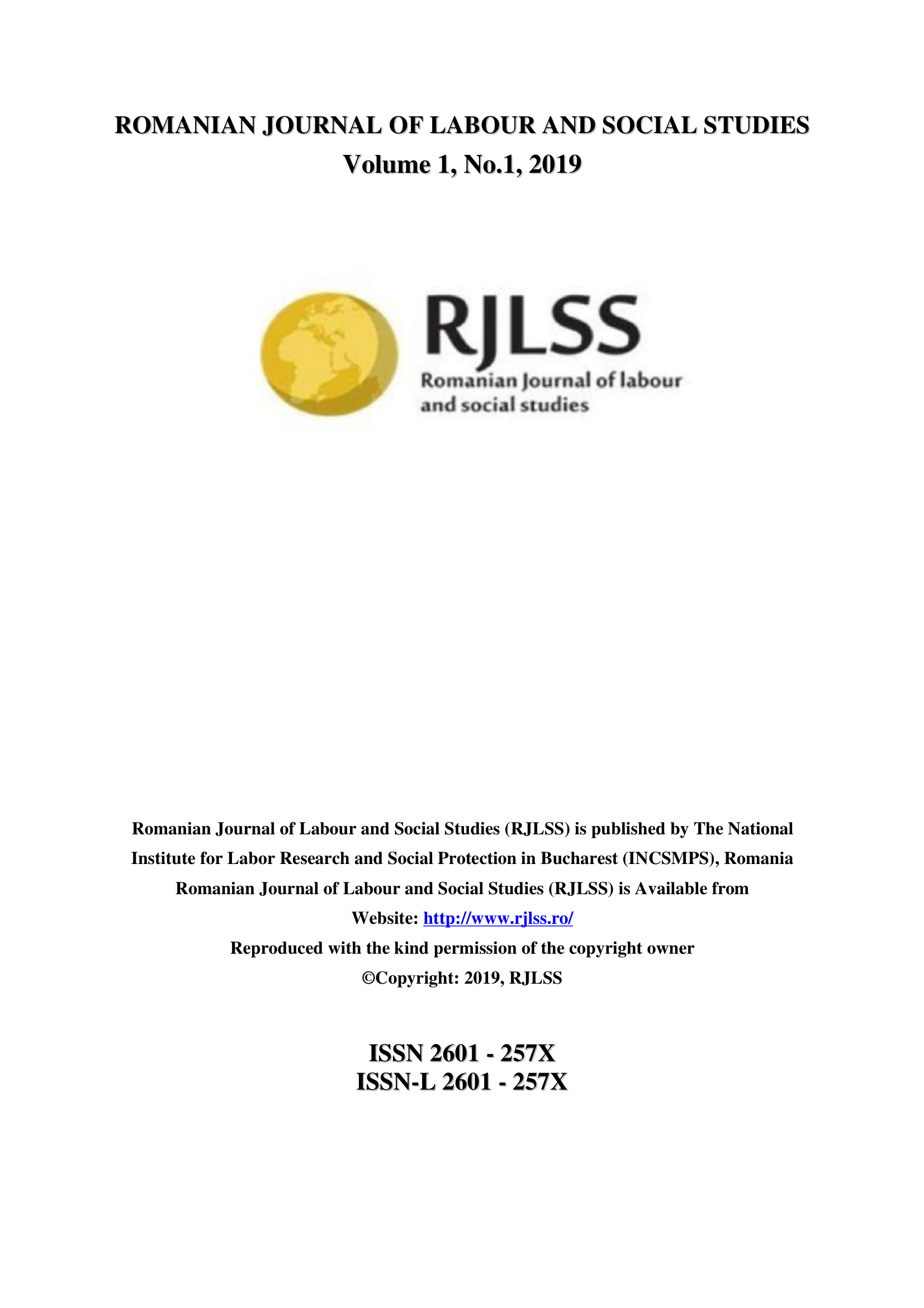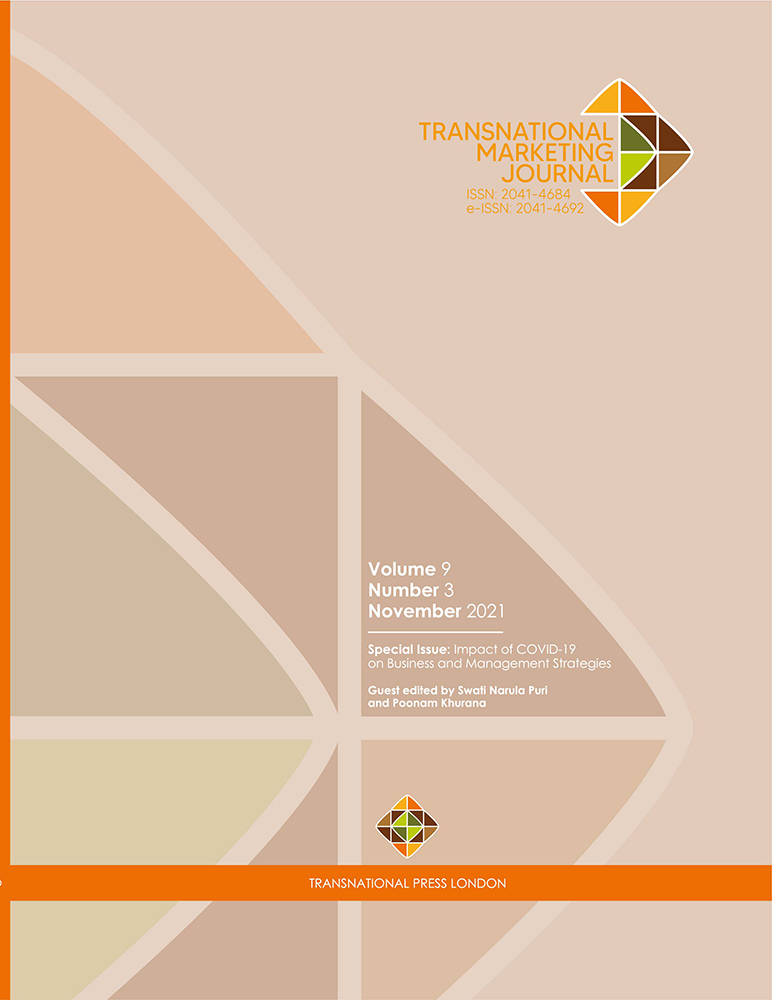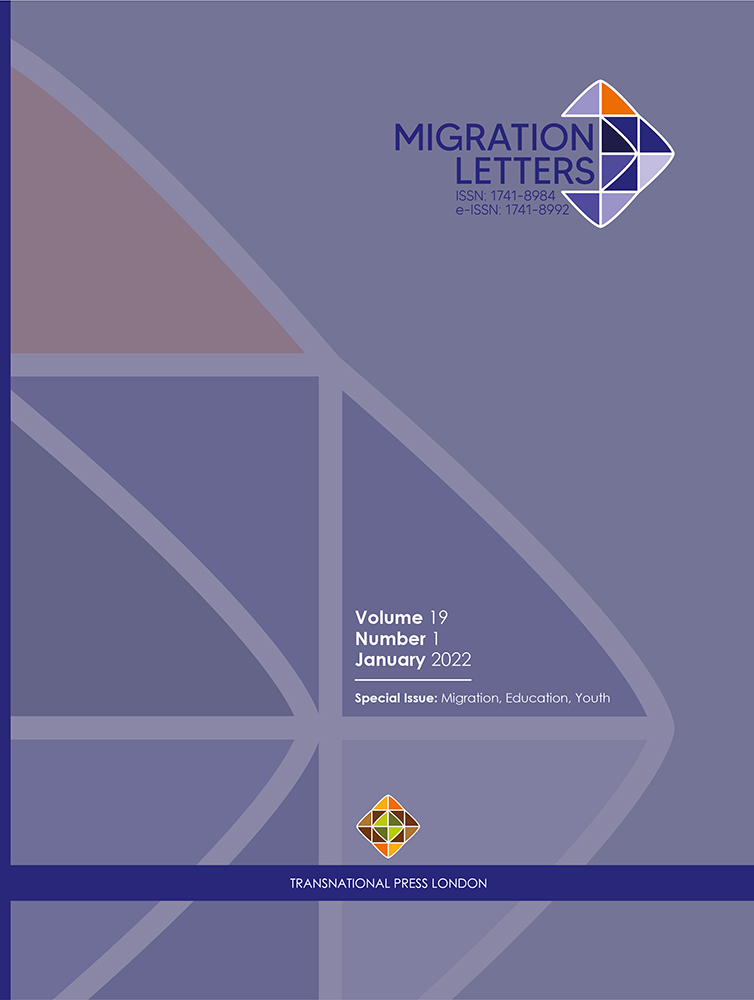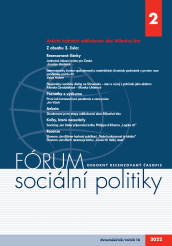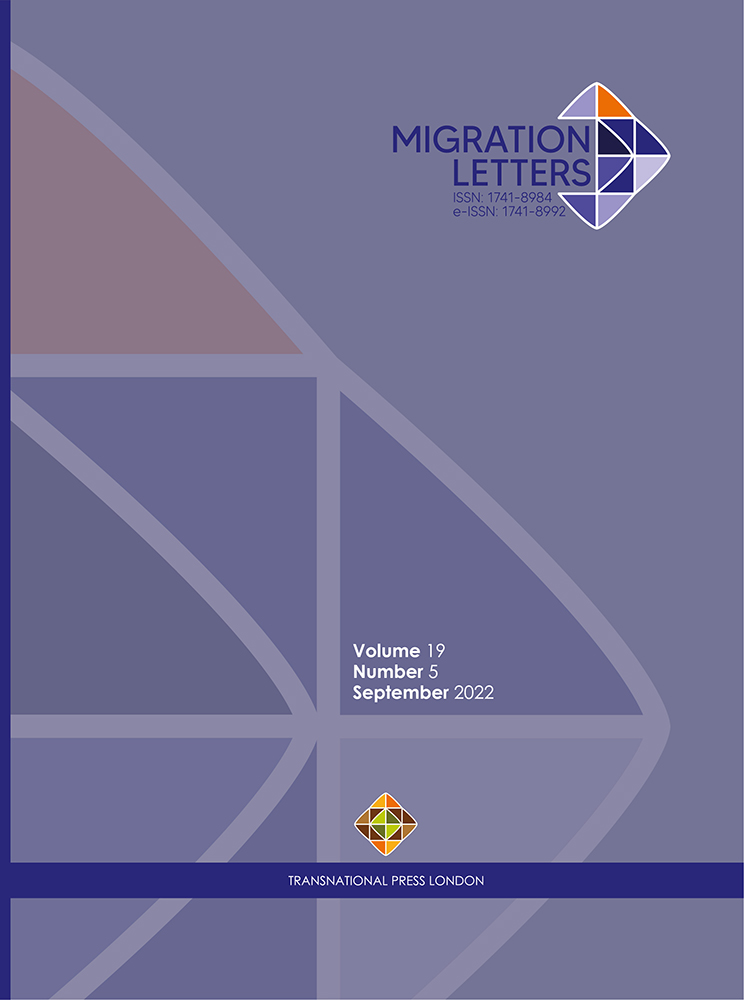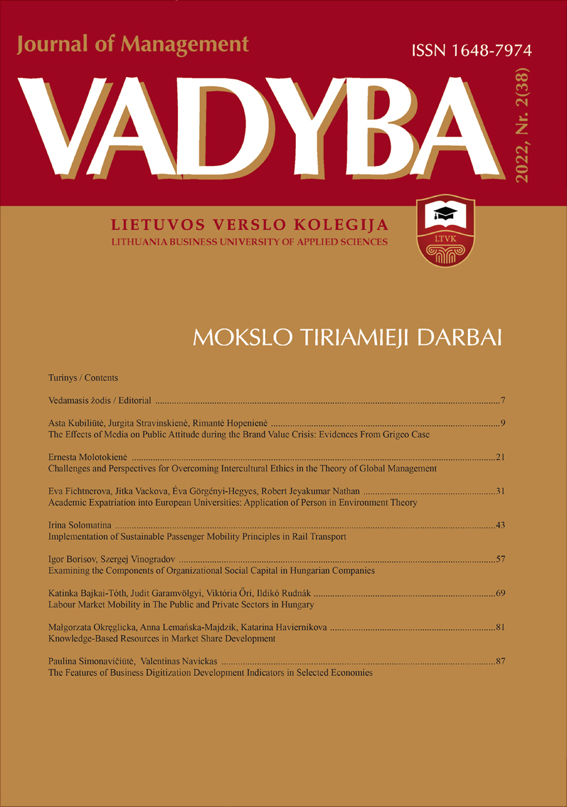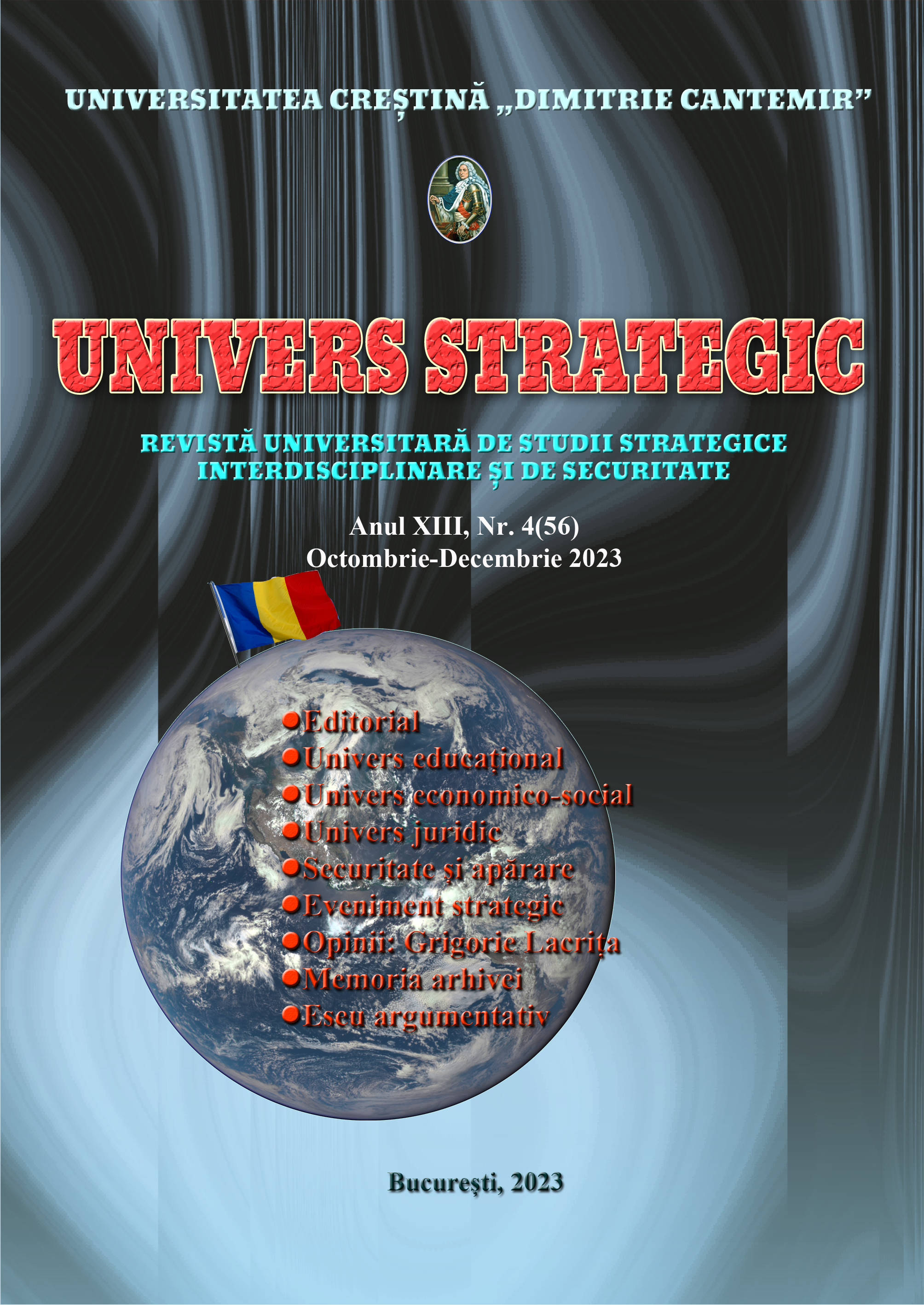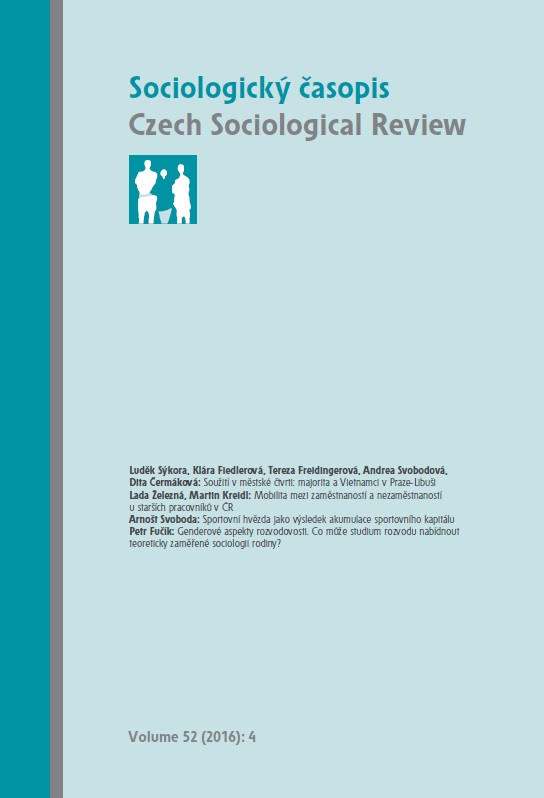
Mobilita mezi zaměstnaností a nezaměstnaností u starších pracovníků v ČR
There is a sharp discrepancy between the emphasis being placed on active ageing and labour market participation in older age and the high unemployment rates observed among older workers. Cross-sectional data in the Czech Republic consistently present evidence of job insecurity and employment vulnerability in older age groups. Aggregated data and statistical indices do not, however, offer a sufficiently detailed picture of the social processes (e.g. exit from the labour market, duration of unemployment, and exit from unemployment) behind the numbers. This article takes a dynamic look at the position of older workers in the labour market by investigating transitions between employment and unemployment using a sub-sample of older workers (50 year and over) from the Czech EU-SILC, who were interviewed repeatedly in a panel survey between 2004 and 2009. The authors use survival analysis methods to study the time-dependence of transitions into and out of unemployment and both with and without covariates. The results suggest that older workers are not at a higher risk of exiting the labour market (compared to other age groups), but once they are unemployed, their odds of getting back into employment are significantly lower. Even when controls (such as education level) are included in the model this disadvantage persists. Interestingly, while education generally protects people from labour market exit, this protective effect is weaker among older workers.
More...
